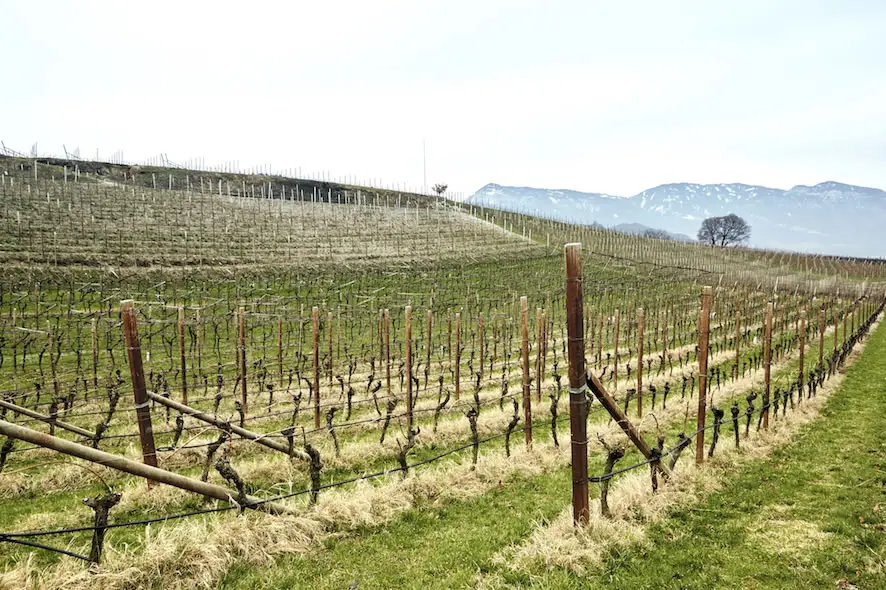- Wine Culture
- Hits: 2586
Kettmeir & Metodo Classico

From the colonnade of his winery, Kettmeir oenologist Josef Romen looks out to the bottom of the hill. “Can you see that white house? I was born there,” says smiling. His profession has brought him back to his birthplace, to the very same scrap of land. Opposite lie the mountains of Alto Adige, behind lake Caldaro, and all around the vineyards and apple trees that are so typical of this area. ‘Tradition’ and ‘territory’ are two words that often recur during our interview. “After all, the winery is about to turn 100 years old,” Romen remarks.
It all started in 1919, when the founder Giuseppe Kettmeir, agronomy student in Wien and wine buyer in Zurich, decided to set up a company in his homeland. 60 years later, Kettmeir had become the biggest winery in the South Tyrol, the first with an automated bottling plant.
2017 is an important year – it is the 25th anniversary of the Metodo Classico Brut, which over the years has become one of the most celebrated products of this winery. Even sparkling wines have their own history. It was 1964 when Franco, Giuseppe’s grandson, started producing his first spumante. At the time, he used the Charmat Method, which enhanced the wine’s fruity and flowery characteristics. That first step was crucial to the
present – and future – of Kettmeir. At the end of the ’80s, the production of spumante peaked, to which followed a drastic drop in sales at the beginning of the ’90s, when wineries of sparkling wine in Champagne were so full of
unsold bottles that they caused a slump in prices and the competition became almost impossible to withstand.
Since then, Kettmeir has rethought its relationship with sparkling wines, developing the Metodo Classico that we appreciate today. “Bubbles were added through a second fermentation in the bottle,” Josef Romen explains to me, “The first cuvée was divided into: 50% Pinot Bianco, 30% Chardonnay and 20% Pinot Nero. The wine, made from 1992 grapes, was fermented with yeast for 24 months and first launched on the market in 1995.”
That marked the comeback of a trend for South Tyrol that originated at the beginning of the twentieth century. Local documentation shows that the first spumante winery, based in Appiano, was already operational between 1902 and 1904. It produced spumante from Riesling vines for the Mitteleuropean aristocracy who spent their holidays in the area. At the time it was known as “Gold from beyond the Adige river,” but the sudden outbreak of World War I halted its production. In the years following the post-war economic boom, production recovered and today product awareness has also reached its peak. “Since the beginning of the last century, South Tyrol has gone through a deep transformation in terms of wine production,” states the oenologist. “When this was the most Southern part of the Austro-Hungarian Empire, wine production focused on red wine. After the annexation, it became the most Northern area of Italy, regarded therefore as perfect for white wine. That’s one of the reasons why during the years, the ratio has been inverted: until 1985, the production of wine was 85% red to 15% white, whereas now we produce 65% white and 35% red." Sparkling wine was always a bit overlooked. “It originates from a personal passion, from a totally idealistic spark.” And this is exactly what happened here.
“The gold from beyond the Adige river” has changed considerably over the years. “Our focus is South Tyrol,” says Romen. “Our Brut and our Rosé are wines that have a deep connection to their territory, and that’s the philosophy that has guided us from the beginning. Today South Tyrol is perceived as a high-quality brand – inside the bottle you can find wine, but also mountains, agricultural products and the hospitality that characterize this area. There is a great deal of talk surrounding the area, and we want that to be sensed immediately, right from when someone puts their nose to the wine glass. When people drink Kettmeir’s Metodo Classico they should think “This is South Tyrol.” They should be able to immediately recognize what I believe to be its three main characteristics: aroma,freshness and elegance.“The Pinot Bianco confers a territorial character to the Brut. “It certainly is one of the best advocates for our territory, thanks to its distinctive mineral taste and that slightly bitter aftertaste which reveals a precise flavor. Similarly, it’s the Pinot Nero that gives identity to the Rosé.”
The Metodo Classico Riserva is the new development of 2017, exactly 25 years after the first Metodo Classico vintage. “It is certainly an ambitious product,” Josef confides. “Its profile needs to be more international if we want it to compete with sparkling wines from all around the world. That’s why we also changed the vines to 60% Chardonnay and 40% Pinot Nero, which guarantees a stronger essence. You will still be able to smell the South Tyrol, but the 5-year-long yeast fermentation will give is a special, rounder note. The vines from this area have all the features to guarantee the future of this product, it will be less an immediate and direct but more austere and complex kind of spumante.
The possibility of producing sparkling wine at an international level is today a stronger motivation. “Since 2007, the Metodo Classico has experienced an impressive growth, is in great demand and seeing ever-growing sales. Our awareness has also changed over time. We have been able to identify the best vines for the Brut and the vines intended for still wines. We established which vineyards would be dedicated to spumante right from the beginning, and this has allowed us to use different processes for different vines – we still use arbors for vines intended for sparkling wines to avoid the risk of overripening, resulting in vibrantly acid grapes. The vineyards dedicated to Metodo Classico Riserva are also carefully selected – four of Chardonnay and two of a more ripened Pinot Nero. It is in the countryside where the characteristics of Metodo Classico Riserva are born.”
The timing is promising – Brut from South Tyrol is now widespread and esteemed. “Our clientele has developed their own taste over the years. Our sparkling wines are not just for aperitifs. Metodo Classico Rosé can easily accompany any meal, thanks to its softness donated by the Pinot Nero. Brut on the other hand, with its aroma and freshness, is more suited to main courses.
What about the future? “We will never stop,” Kettmeir promises. “The Champagne production method has remained unbeaten, thanks to hundreds of years of experience and marketing. It’s our territory that makes the difference – the peculiar lay of the land helps us producing excellent sparkling wines.” The quality of the final product however, remains to be the result of the work put in by all those who follow it through the entire process. “The people help us perfect the product; in our winery we have a team – first and foremost Francesca – that takes care of every detail. That’s why I’m firmly convinced that the Kettmeir winery still has a few surprises up its sleeve.”
An interview with Josef Romen
Words Mattia Carzaniga
Photography Francesco Pizzo
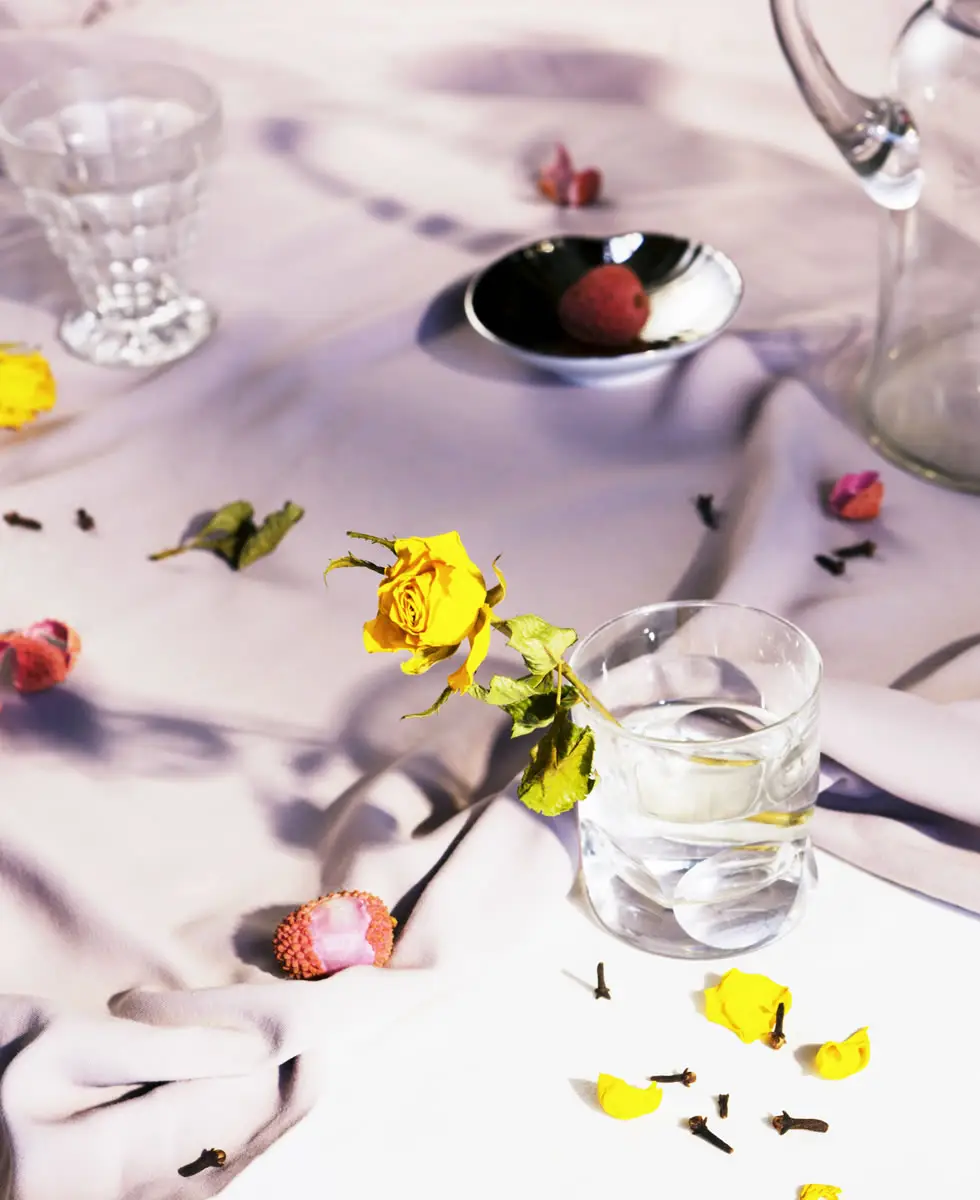
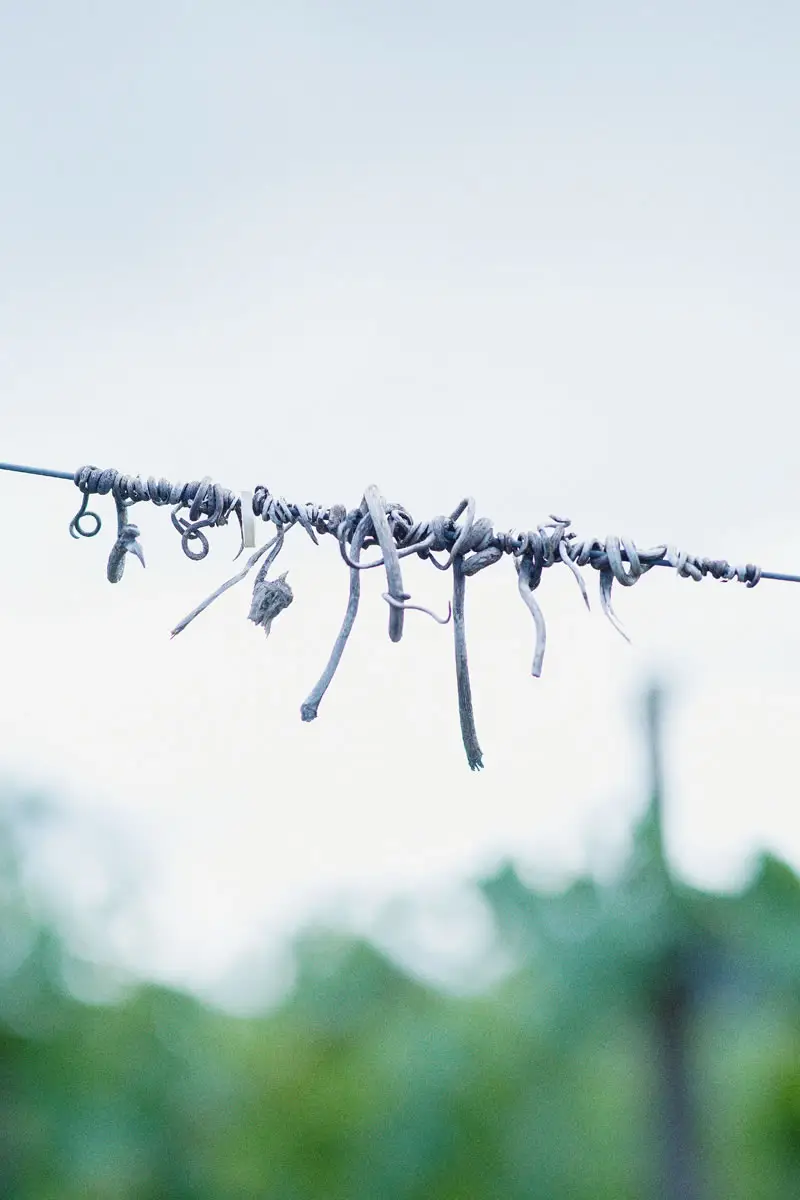
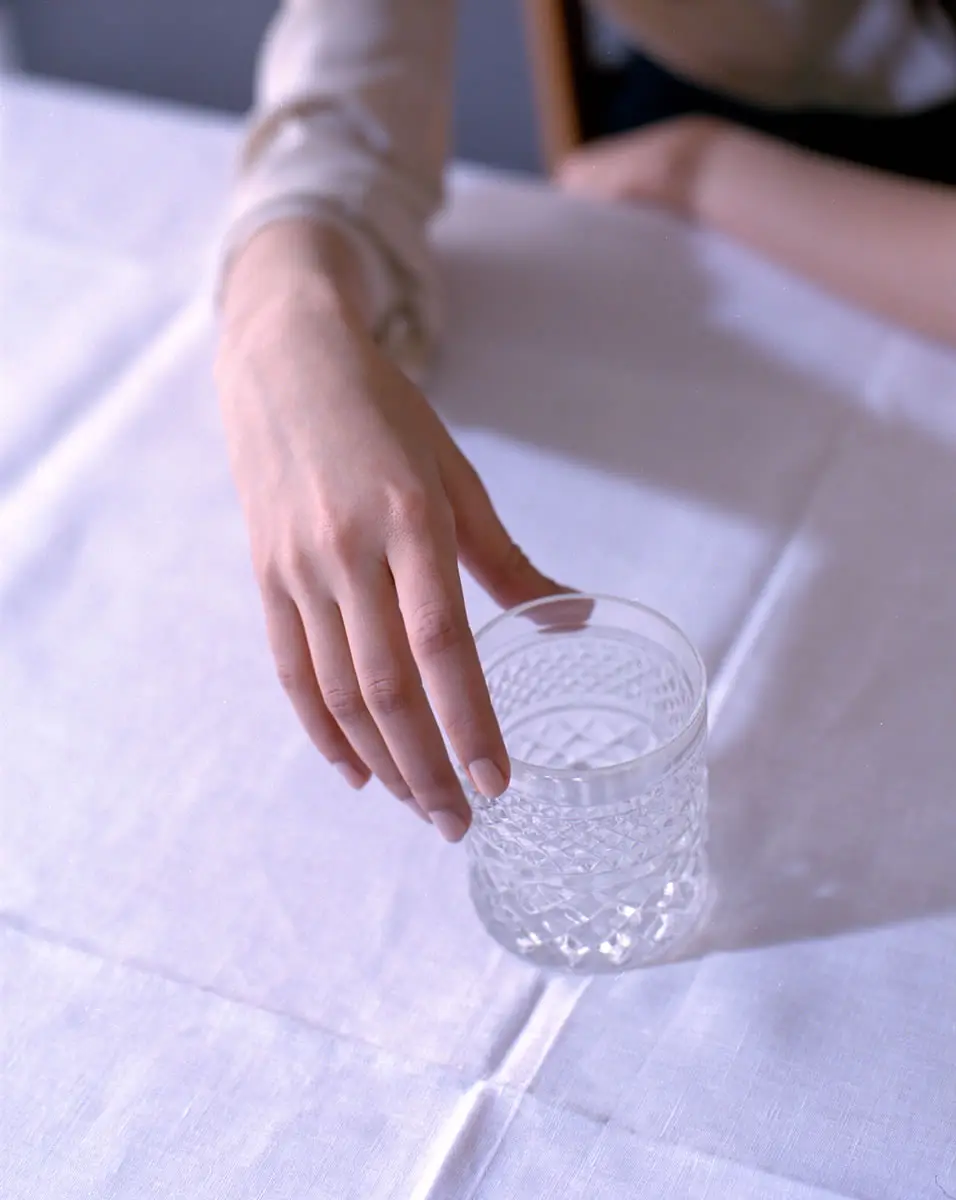
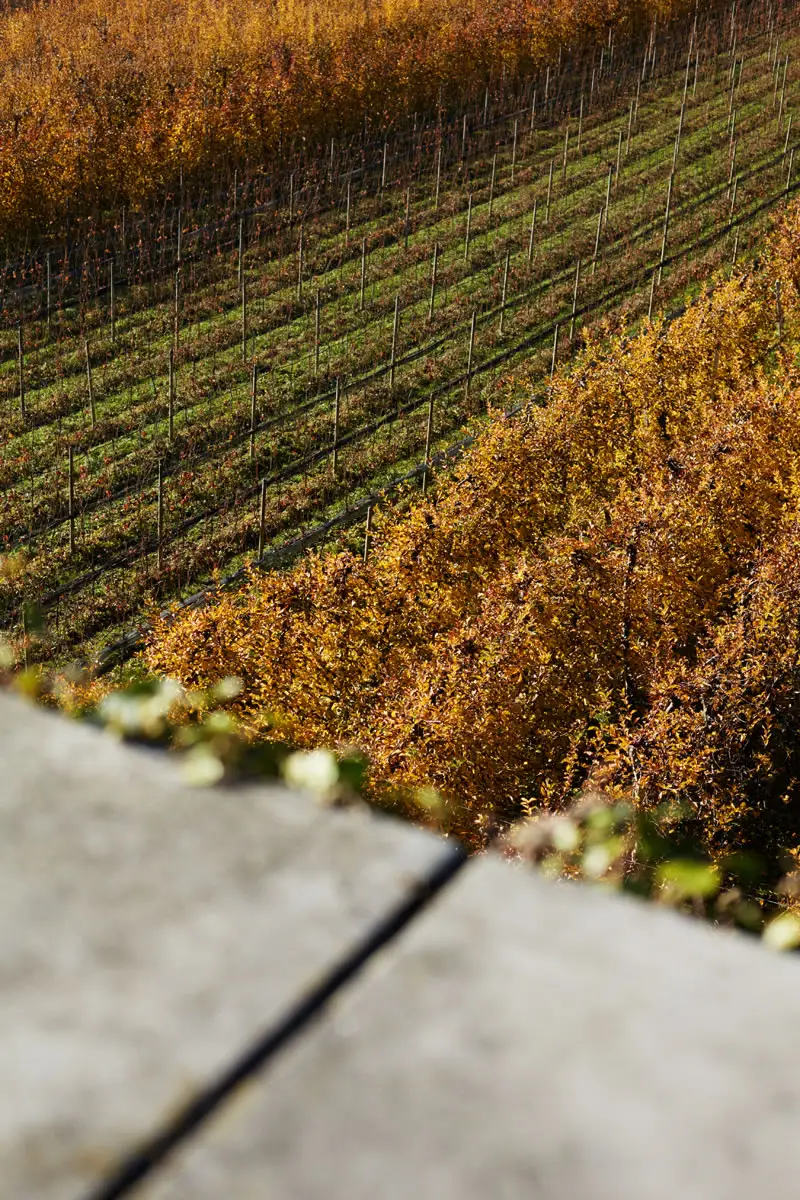
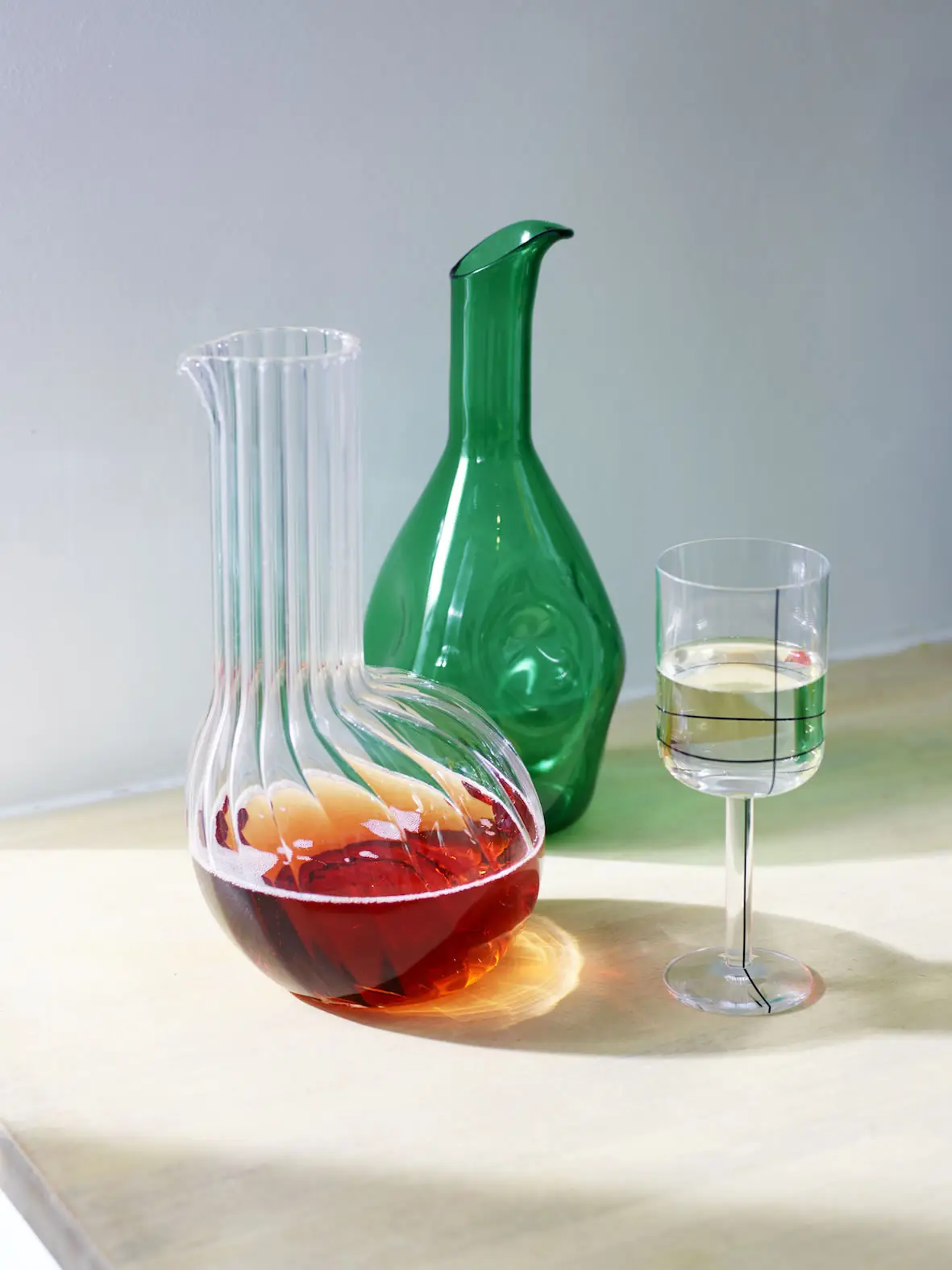


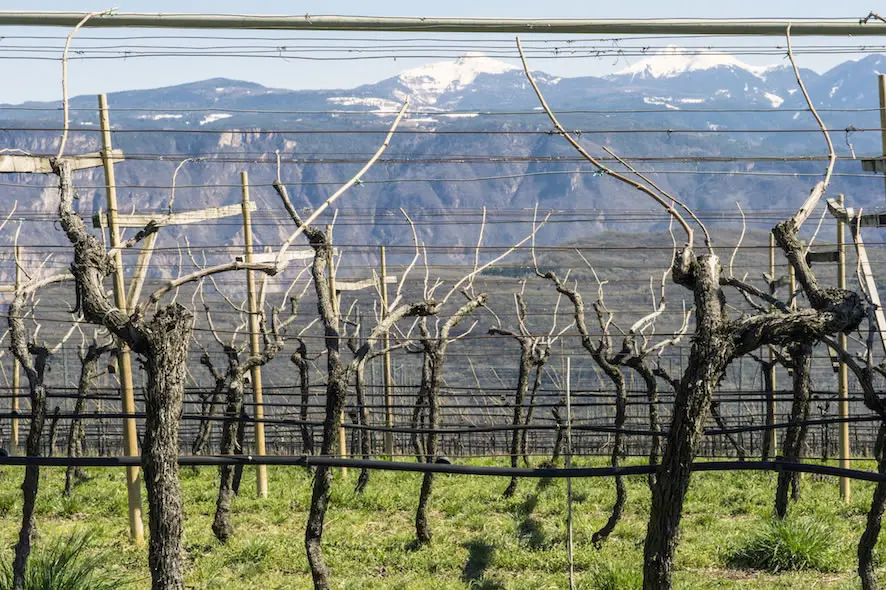





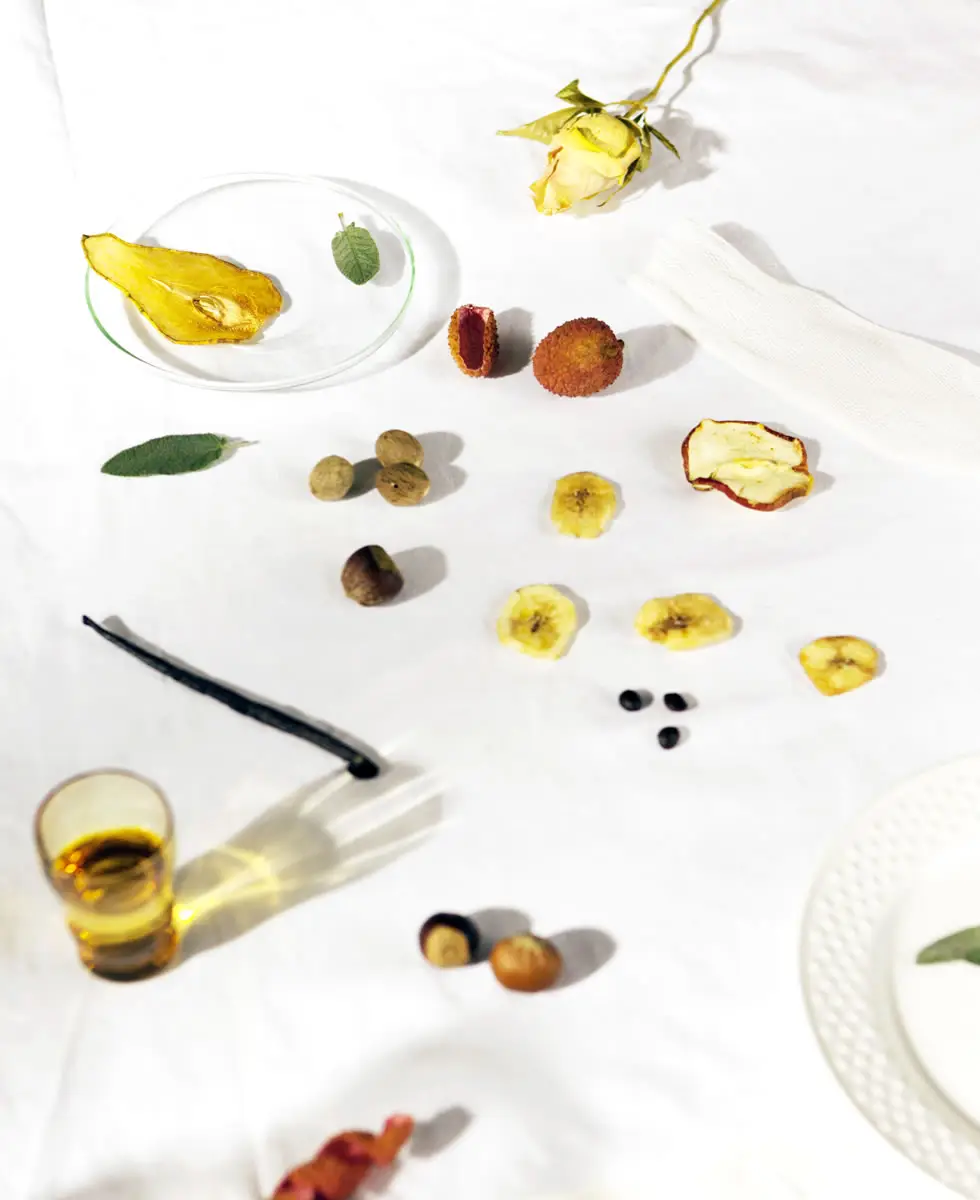
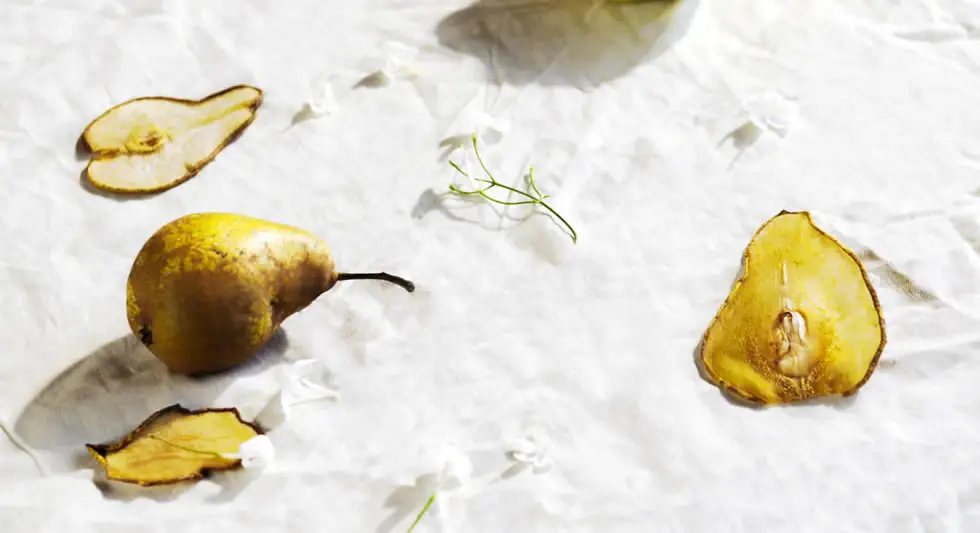
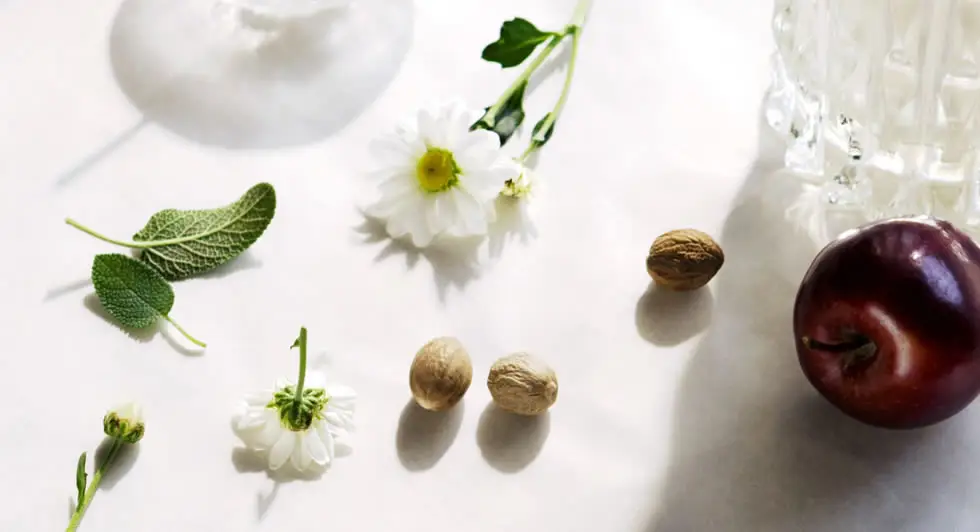
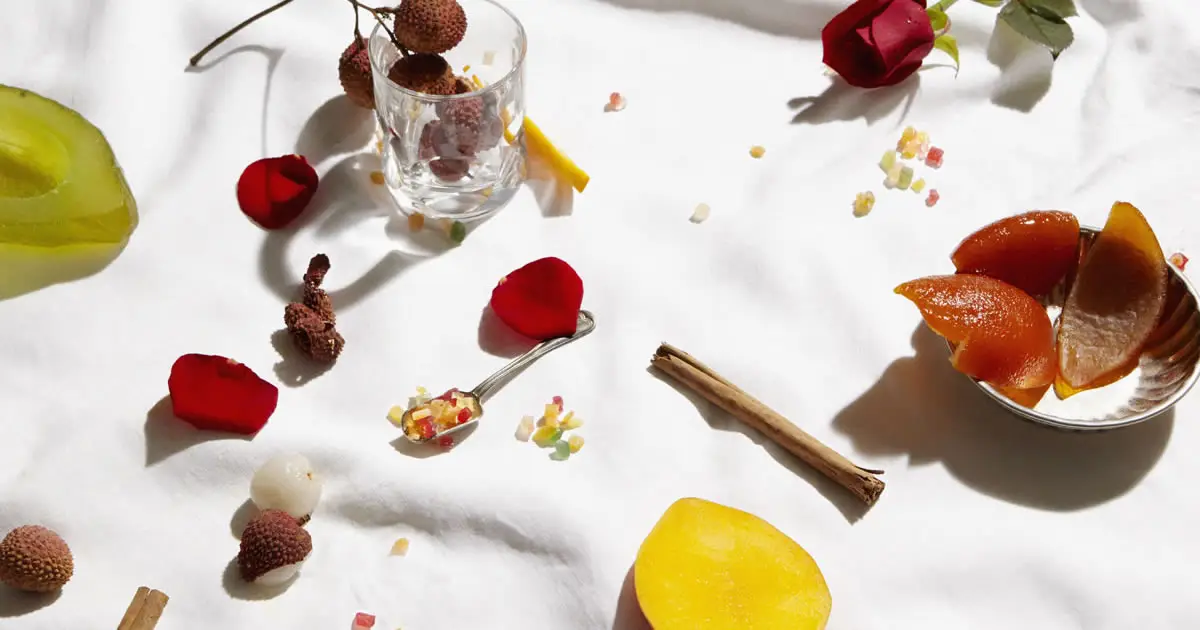
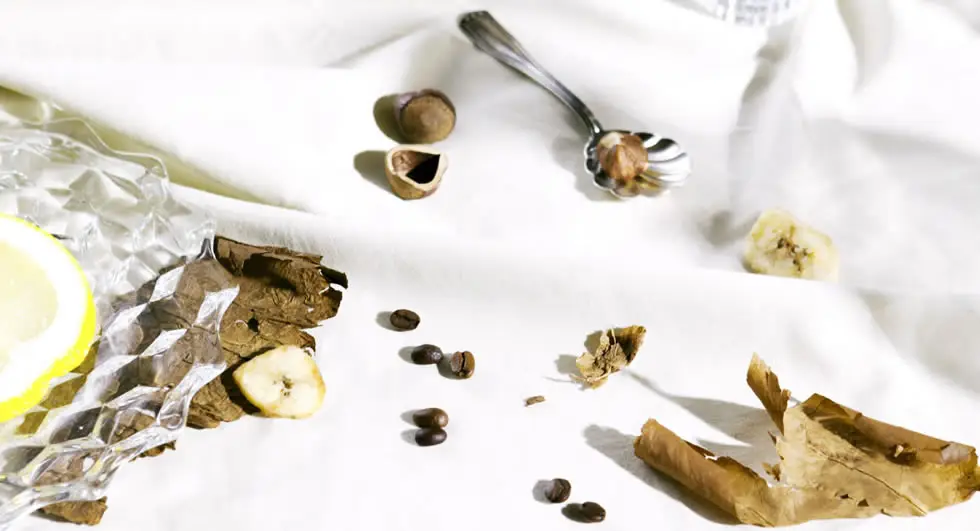







 Bruno e Riccardo Pojer
Bruno e Riccardo Pojer Luis Von Dellemann
Luis Von Dellemann